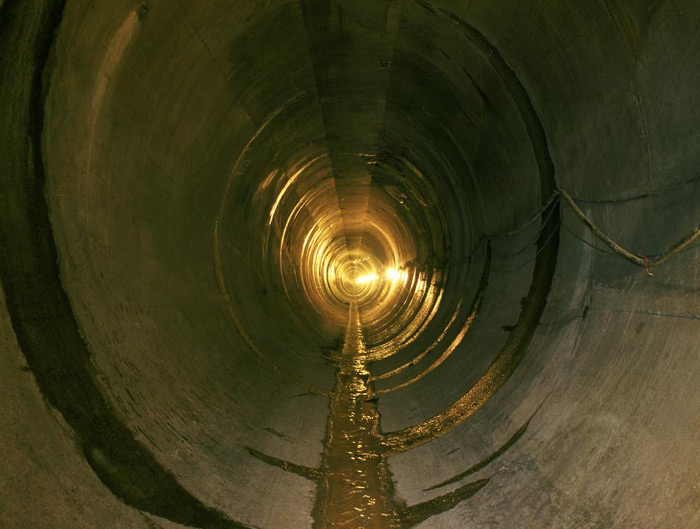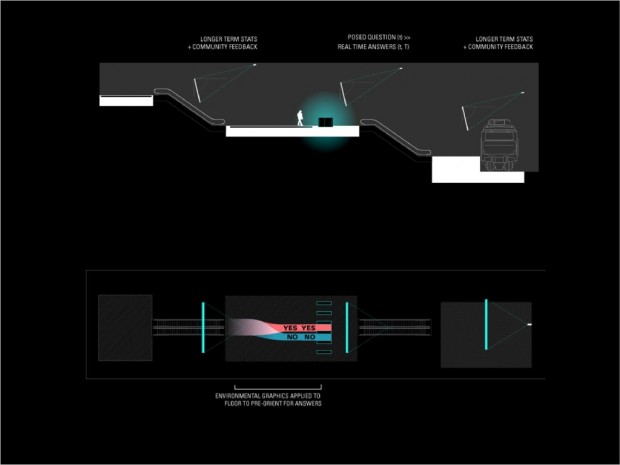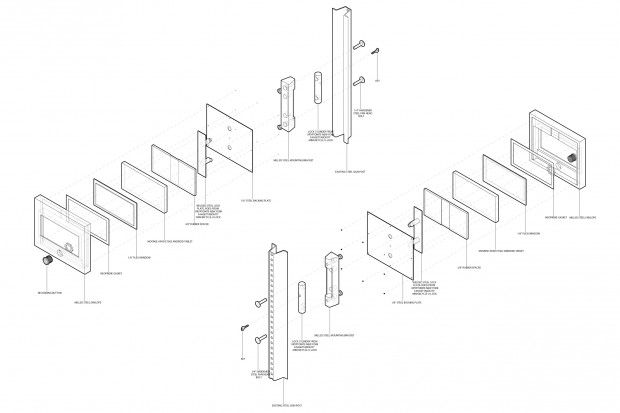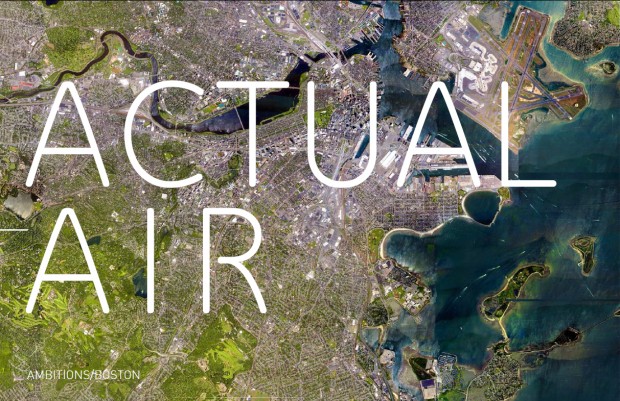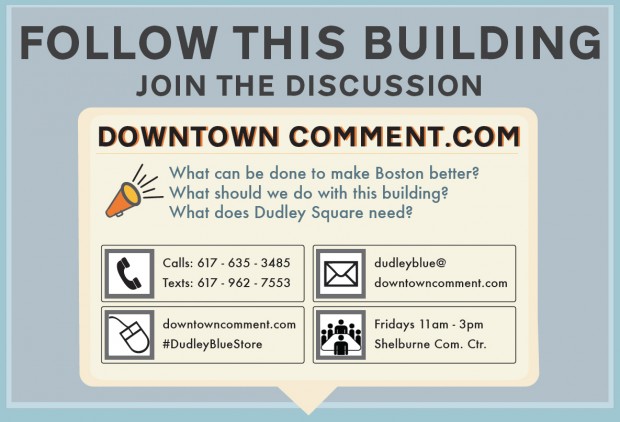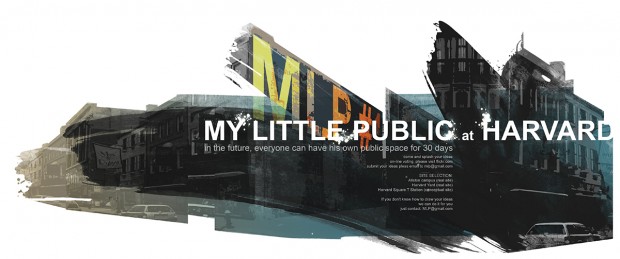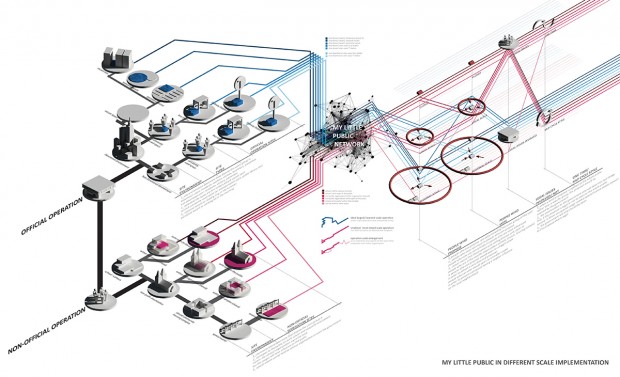Networked Urbanism
design thinking initiatives for a better urban life
apps awareness bahrain bike climate culture Death design digital donations economy education energy extreme Extreme climate funerals georeference GSD Harvard interaction Krystelle mapping market middle east mobility Network networkedurbanism nurra nurraempathy placemaking Public public space resources Responsivedesign social social market Space time time management ucjc visitor void waste water Ziyi

awareness
Making people more conscious about the processes and issues that affect the city and the territory. Enabling channels for transparency and open data, starting actions and campaigns that make important topics visible, monitoring the reality to make it easier to understand its behavior.
Think Big:
How can we better inform people about the unseen infrastructures and energy required to get potable water to their homes, and encourage them to conserve and treat their own water?
Start Small:
I plan to create a website with information on how far your water has traveled, how much energy was used to get it there, and the environmental impacts of moving water- giving people a virtual tour of an infrastructure they usually have no knowledge of. I also plan on designing a DIY water treatment/rain water collection (mini) landscape that can be used in urban areas… I’m thinking something you can put on a typical Boston porch.
Act Now:
Working on research of water infrastructure in the Boston area, potential areas for water re-use for Bostonians and speaking with key players in this area.
Now I don’t speak spanish, but the website from this video has some great information on open-source information sharing, and envisions how it will eventually be integrated into everyday life. In any case, the video is wonderfully mesmerizing.
From the exhibition here last year. One of the more impressive examples of using a building with a live performance. At one point they are actually projecting live images of the dancers onto the facade.
This post is mostly for @andrewpleonard, but the idea of creating critical mass is universally applicable I think. I stumbled upon this video while trying to look for examples of why bicycle culture has evolved so far in places like Denmark and the Netherlands but remains stunted in the U.S.
The video is from the sometimes hilarious Copenhagen Cycle Chic website: http://www.copenhagencyclechic.com/
This seems like a great website – a collection of emerging ideas about how personal metrics can change our behavior. The creator describes it as a site devoted to understanding “how we can change our lifestyles through monitoring, measuring, and deriving meaning about our behavior.”
http://www.personalmetrics.us/
Although a bit scary, check out the Basis Wristband – monitors your health, interprets the data, and then makes suggestions about how you might improve your lifestyle:
http://www.personalmetrics.us/2011/09/basis-the-story-of-your-health/
Public spaces were formerly a venue for debate, where we could collectively imagine the identity and future of communities. In the contemporary moment, the representation of community is often constructed from afar, with little involvement from the public body, in the form of statistics. This project aims to reassert the role of the community in this process by changing the scale and aesthetic of gathering public opinion and demographics.
In the new Statistical Commons, subway turnstiles are playfully turned into an interactive surveying tool, where individuals can pose questions to their neighbors, with real-time feedback and likewise construct “statistical narratives.” We aim to re-energize public space as a venue collective quantitative introspection. (more…)
“We all come to know each other by asking for accounts, by giving accounts, and by believing or disbelieving stories about each other’s pasts and identities”
Paul Connerton, How Societies Remember
This project began with a question about how people connect to places. As our lives become ever more transient, the stable relationships with place that have defined communities for generations are evaporating. Many of us now inhabit places whose history we have no understanding of, no personal connection to. What happens to the identity of a place when its residents have no memory of it?
Boston has a strong tradition of collecting oral histories of place. Organizations like the Cambridge Historical Commission, South End Historical Society, and other community groups have archived personal stories about places in their neighborhoods, maintaining a link between the physical fabric and the lives it contained. But how many people know about these archives? How many of the current residents can point to a family members story contained therein? Do these archives invite their viewers to contribute their own stories? Do they encourage us to explore our environment, to connect the physical artifacts with the stories they hold?
The ambition of this project responds to the context of apathy, detachment, and alienation individuals experience in response to challenges they face in urban environments. The project specifically focuses on air quality and the opportunities that sensor technology, low-cost do-it-yourself electronics, and social media enable individuals to explore, understand, and discuss within their communities. The current infrastructure of air-quality monitoring devices within Boston provides a misleading portrait of air quality. While the air quality can be considered “good” on average, an understanding of the micro-environments we experience on a daily basis aren’t adequately understood. This project provides the tools to explore these problem areas and serves as a template to imagine how individuals and communities can actively engage the public realm.
Research methods and project approaches are developed in two forms. The first is concerned with creating the processes and spaces necessary to enable participation and engagement. While citizen science efforts have a mixed history, this work is less about collecting legitimate data than it is about empowering individuals with the tools necessary to not only collect data, but also understand the different ways that data can be collected and transmitted. Empowerment cannot be considered authentic unless the individual has the capacity to decide how and if information is communicated and to whom. The second form of this work is about creating the tools necessary to enable the measurement of air quality. These tools are built upon a conceptualized kit of open-source and readily available set of parts which can be expanded upon to produce a variety of configurations. In a sense this D.I.Y kit is intended to be flexible as to allow for personal reconfiguration as well as function in a variety of opportunistic contexts. (more…)
Sometimes it is easy to imagine we have all the world’s knowledge at our fingertips, and that this access makes our lives, and our cities, fundamentally better. In reality, this has proven both maddeningly true and frustratingly false, not just because of the overwhelming volume available, but because the inequities of the network can connect us without the ability to empower us. Information is supposed to break down barriers, to create new urban worlds, and yet it can just as easily reinforce the flawed and the unjust cities of the past.
Nowhere is this more clear than in the public participation process of local governments. As a public agency, all the information within City Hall is, by extension, public knowledge, yet without the tools, expertise, and – it can be argued – the will to make this information available, understandable, and usable, the participation process will remain deeply flawed. This information asymmetry fuels a system that is mutually distrustful where it should be mutually beneficial: residents, lacking data to organize, cannot be expected to comment thoughtfully on a given topic, thus leading city officials to discount public input. Residents’ frustration at being inadequately heard soon leads to apathy, and the entire system collapses.
Downtown Comment attempts to open the process of participation by redesigning the information architecture of local governments, both virtually and through physical interventions in urban space. More than anything, Downtown Comment – and any other work in public participation – should be answering the simple question, “As a resident, where do you go with a good idea?” (more…)
My Little Public is a program that encourages a discussion that could form a new concept of future urban spaces. Through educating children while they are young, we can foster their desire to cultivate an engaging and livable environment. It is a prospect of promoting a culture where people have more awareness and interaction with their environment.
In the recent years, our lives have drastically been altered by the development of the information age. One example is how technology starts to fundamentally change the way we live. Thirty years ago, people could not have imagined a world of computer networks, smartphones, and a staggering number of wireless technologies. For instance, in the 1990s, when making a date with a friend, you might say “let’s meet right at the east entrance of the memorial park at 7:00 sharp.” But in 2010, you might say “let’s meet in the Quincy area at around seven-ish, just call me or text me when you are in the area.” In fact, the development in the information age not only changes the way we are living but how we perceive and interact with physical spaces. Instead of planning precisely, now you can freely meander in that area and just make sure your mobile phone is on and connected. In this new age, how will our physical environment add up to the new perception of space? And what will that be?
« Previous 1 2 3 Next »
